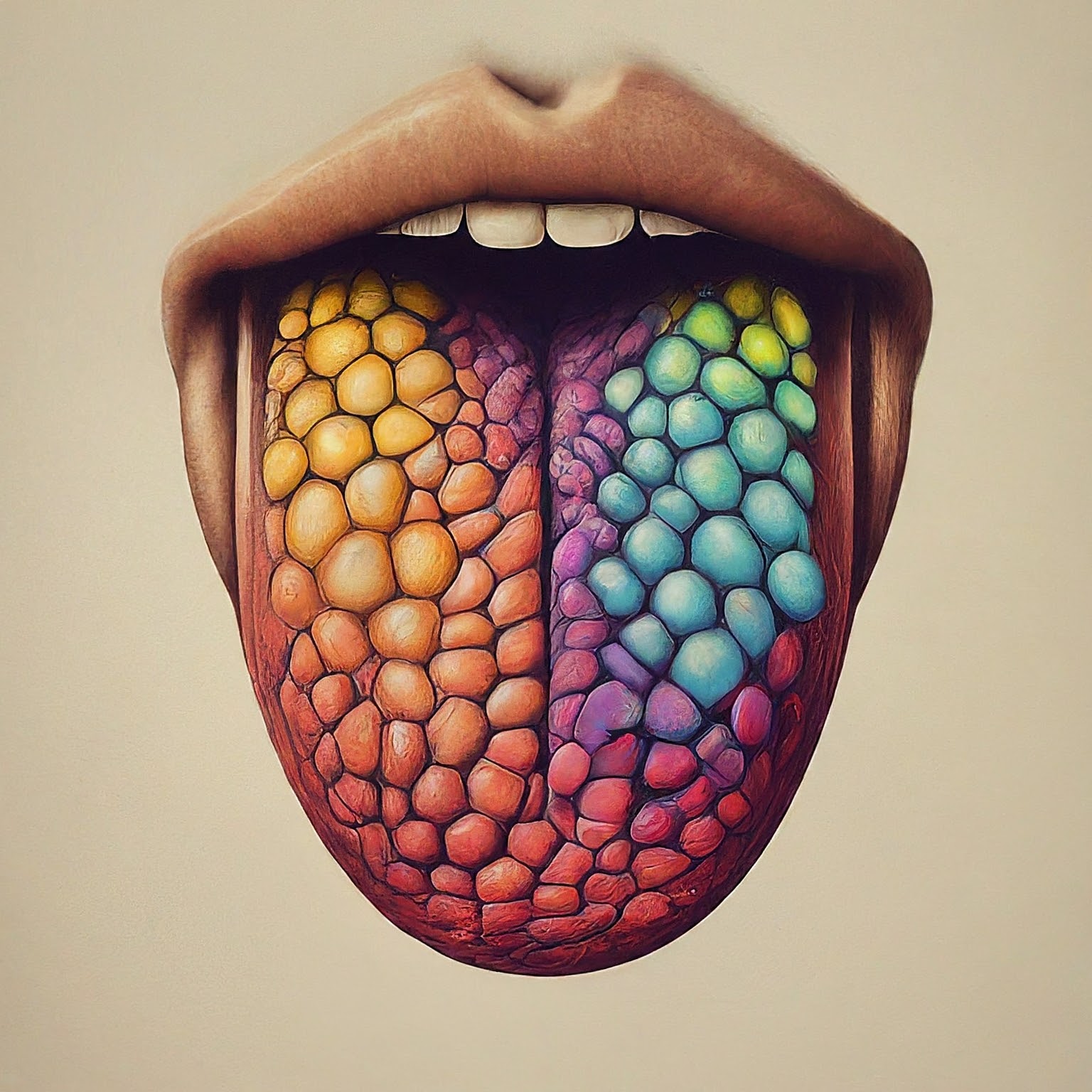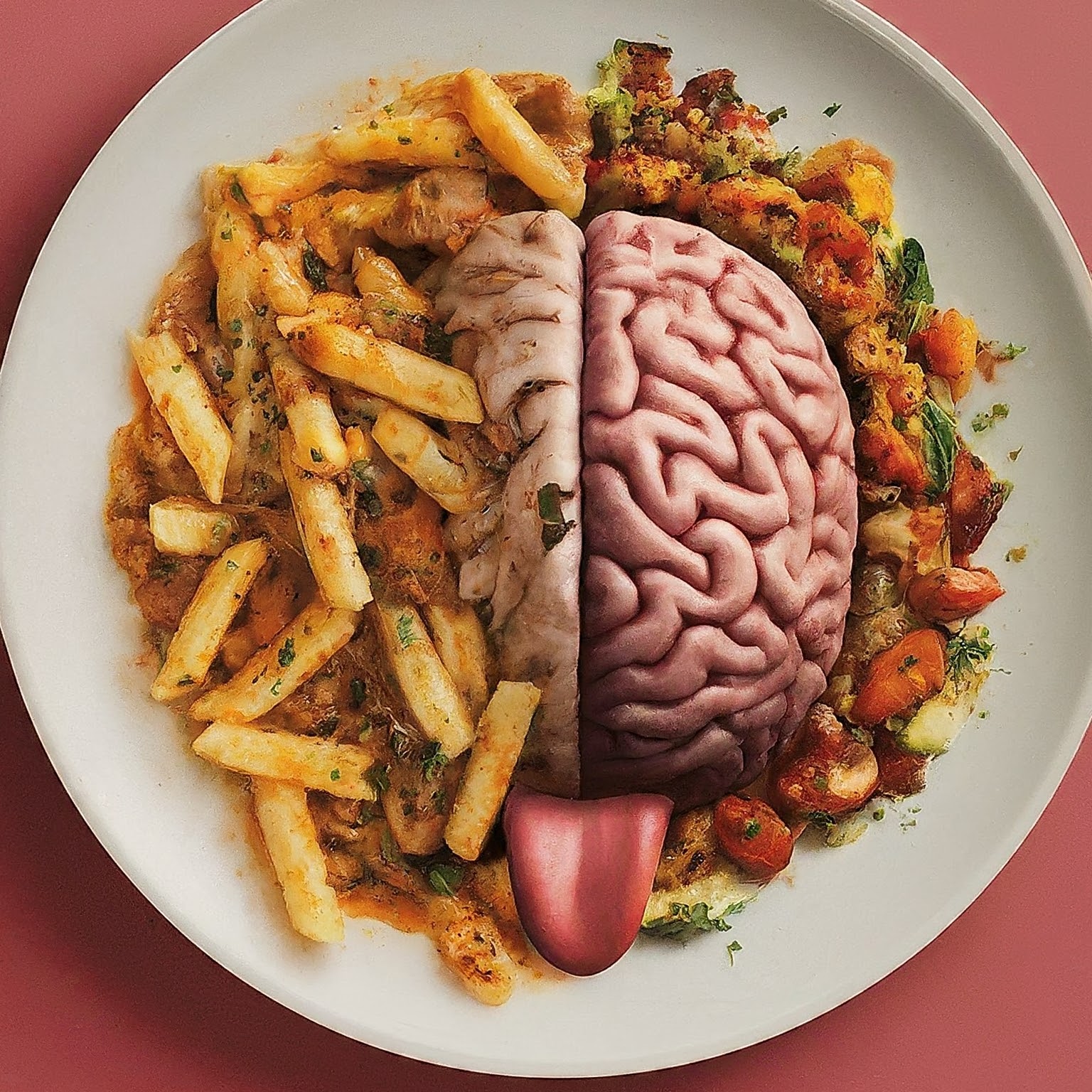- 3 June 2024
- 78
Forget the Map! How Your Tongue REALLY Tastes

Introduction:
Hey science enthusiasts and myth-busters! Are you tired of seeing that same old, inaccurate tongue map floating around? You know the one – sweet on the tip, sour on the sides, bitter in the back? Well, it’s time to ditch that outdated diagram and explore the fascinating truth about how your tongue really tastes.
Forget the Map! Debunking a Misconception
For decades, we’ve been taught that different areas of the tongue are responsible for detecting specific tastes. This misconception stems from a misinterpretation of a 1901 research paper. Thankfully, science has moved on!
Meet the Mighty Taste Bud
The real heroes of taste are tiny sensory organs called taste buds. Scattered across your tongue (and other surprise locations!), these taste buds contain receptor cells that bind with flavor molecules in your food. Each receptor cell is specialized for a particular taste, like sweet, salty, sour, bitter, or umami (savory).
Flavor Frenzy: How We Perceive Taste
When you take a bite, the taste molecules dissolve in your saliva and come into contact with your taste buds. The receptor cells then send signals to your brain, creating the taste sensation we experience.
Informative Table: The Five Basic Tastes
| Taste | Description | Example Foods |
|---|---|---|
| Sweet | Pleasant, sugary flavor | Sugars, fruits, honey |
| Salty | Basic, savory sensation | Salt, soy sauce, seaweed |
| Sour | Sharp, acidic taste | Citrus fruits, vinegar, yogurt |
| Bitter | Unpleasant, harsh flavor | Coffee, dark chocolate, grapefruit |
| Umami | Savory, brothy taste | Meats, cheese, tomatoes |

Beyond the Tongue: A Symphony of Senses
Believe it or not, taste is just one player in the flavor orchestra. Smell also plays a crucial role. The olfactory receptors in your nose work in tandem with taste buds to create a complete flavor picture. This explains why food often tastes bland when you have a stuffy nose!
So, What Can You Really Taste Where?
While the tongue map is wrong, different areas are slightly more sensitive to certain tastes. For example, the back of your tongue has a higher concentration of bitter receptors, possibly to help you avoid harmful toxins. But all parts of your tongue can detect all five basic tastes.
The Bonus Bite: Why Bitter Matters
Our sensitivity to bitter tastes might seem like a nuisance (hello, Brussels sprouts!), but it actually serves an important purpose. Bitter flavors are often associated with poisonous plants, so our aversion to them helps us avoid ingesting harmful substances.
Taste Like a Pro: Fun Facts and Experiments
- Supertasters: Some people have an extra-sensitive sense of taste, with more taste buds than average.
- Taste bud turnover: Your taste buds are constantly being replaced, meaning your taste preferences can change over time.
- DIY Taste Test: Try placing a drop of a flavored solution (like sugar water, lemon juice, or salt solution) on different areas of your tongue. See if you can detect a difference in intensity!
By understanding the science behind taste, we can appreciate the complexity of this amazing sense. So, ditch the tongue map and embrace the fascinating reality of how your taste buds work together to create a world of delicious flavors!

